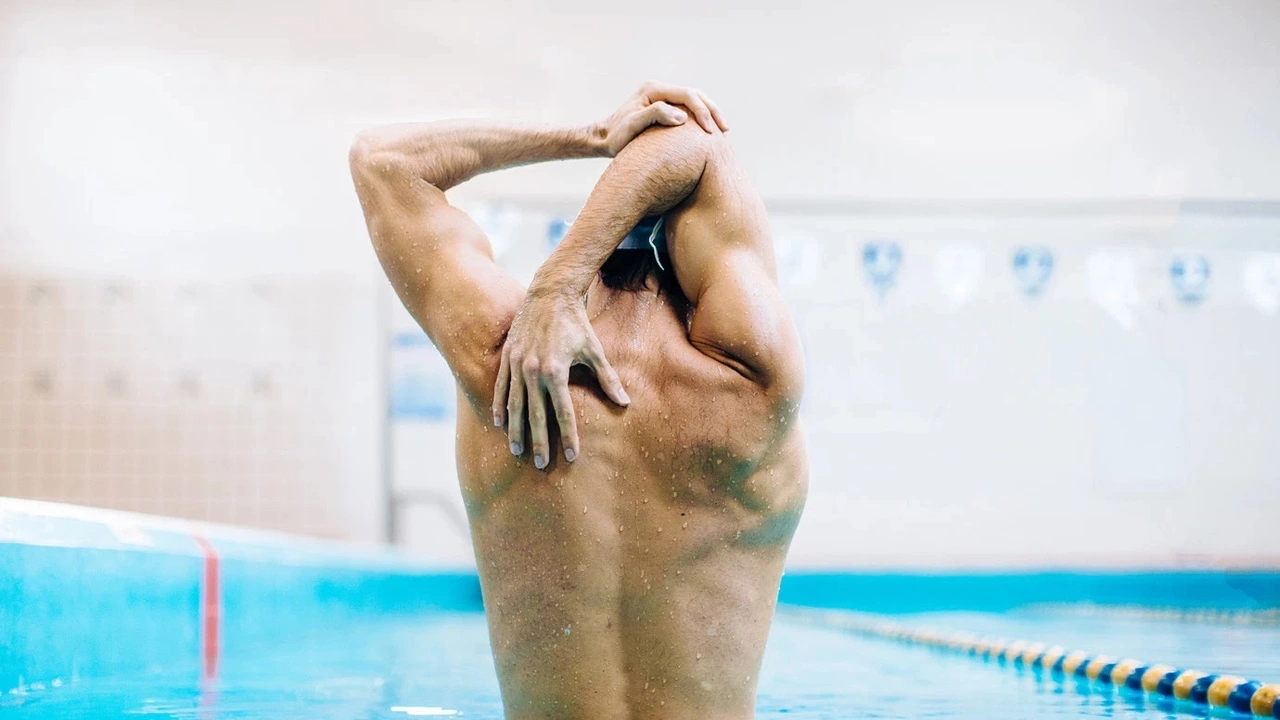Long-Term Swimming: How to Keep Going and Stay Safe
If you ever wondered how people swim for hours, cross open water, or keep a weekly pool routine for years, you’re in the right place. Long-term swimming isn’t magic—it’s a mix of smart training, proper gear, and mental tricks that keep you moving mile after mile.
How to Build Endurance for Long Swims
Start with a base you can handle. Instead of adding 1,000 meters tomorrow, add 10‑15% each week. This small jump lets your muscles and lungs adapt without overdoing it. Mix easy laps with a few harder sets; for example, swim 4 × 200 m at a comfortable pace, then finish with 2 × 100 m a bit faster.
Breathing matters a lot. Most swimmers breathe every three strokes in freestyle because it balances oxygen intake and body position. When you’re in open water, practice bilateral breathing (both sides) so you stay comfortable if waves hit one side.
Strength work keeps you from getting sore after long sessions. Simple moves like push‑ups, planks, and band pull‑aparts target the shoulders, core, and hips—areas that stress the most during endless strokes.
Don’t forget recovery. A light swim or a short walk the day after a big session clears lactic acid and reduces stiffness. Hydration and a protein snack within 30 minutes help muscles repair faster.
Real Stories That Inspire
David Meca’s 90 km swim from Spain to Ibiza in 2005 shows what’s possible with preparation. He trained for months, handled cold water, currents, and jellyfish, and still completed the crossing in just over 24 hours. His key takeaway? Break the distance into mental checkpoints. Every 5 km felt like a mini‑goal, not a massive wall.
Another example is an everyday swimmer who started lap training at 12. He didn’t become an Olympian, but after consistent practice he improved his stamina enough to finish a 10 km open‑water race by age 25. He credits the habit of swimming three times a week, even when life got busy.
For those who love the pool, swapping a few freestyle laps for the energy‑efficient stroke can stretch your endurance. Freestyle’s streamlined shape cuts drag, letting you cover more ground with less effort. Add occasional breaststroke or backstroke to avoid overuse injuries.
Safety is non‑negotiable. If you plan a long open‑water swim, always have a support boat, wear a brightly colored swim cap, and know the water temperature. A wetsuit can keep you warm and buoyant, reducing fatigue.
Finally, keep the fun alive. Listen to your favorite playlist, set short challenges (like a sprint every 200 m), or swim with a buddy. The mental boost from a laugh or a shared goal often makes the difference between quitting and finishing.
Long-term swimming is a journey, not a sprint. Build slowly, protect your body, and let real‑world stories push you forward. Soon you’ll find yourself covering distances you once thought were impossible.
